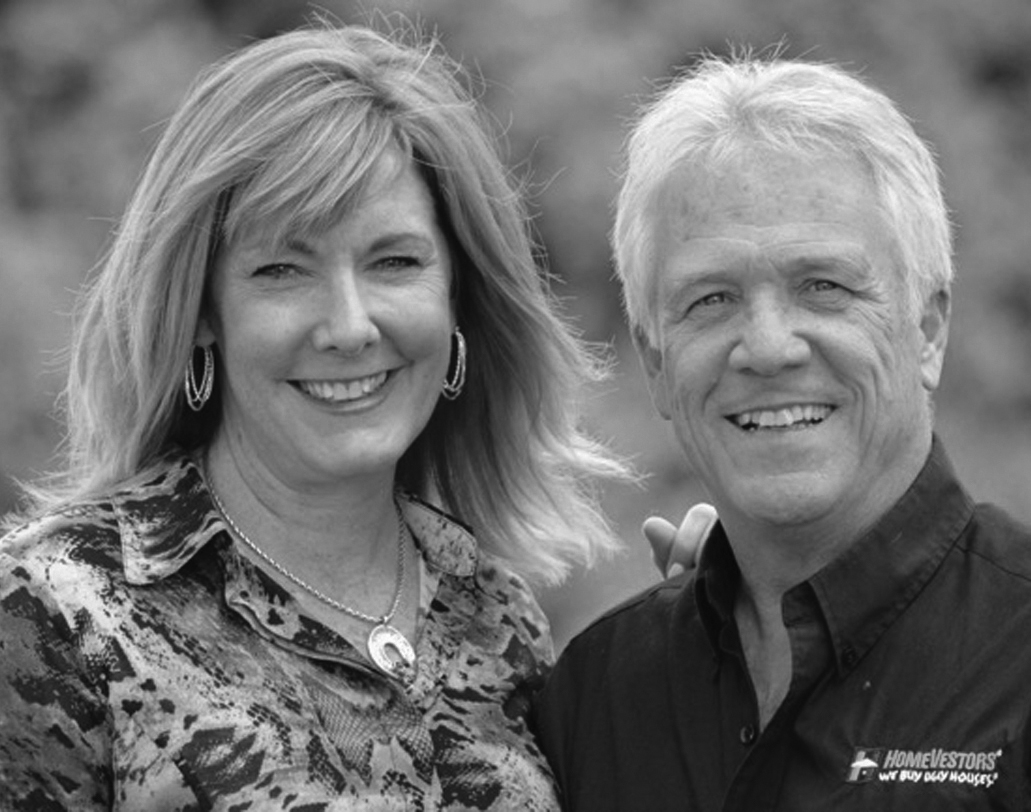Whether you are selling your first house or your 500th, nearly every investor fears that “what next?” moment. You’ve been marketing for leads and the process is working. The phones are ringing off the hook. You’ve got a property under contract, but now you’ve got to do something with it. “What next?” you ask yourself as panic sets in.
The key to avoiding this unpleasant situation is to have spent the same amount of time you dedicated to creating a steady stream of leads for sellers on creating a steady stream of leads for buyers for your properties. The process can vary from market to market, so any time you enter a new market there are a few things you must start doing immediately. No matter how difficult it may be to force yourself to do so, make these tasks a priority upon arrival.
No. 1: Print Business Cards and Use Them
Business cards are the face of your company. They are a must for any business because they establish credibility. First impressions are important in any business, but especially so in real estate. There is no excuse for not having business cards. You can get them so inexpensively. There are numerous websites out there that have templates that make it easy to design your own cards and are both fast and inexpensive. Do it now, and you can have your cards in hand in a matter of days.
Confession: In January, when my wife and I expanded our real estate investing business from North Carolina into the Jacksonville, Florida, market, we experienced the “new-market learning curve” firsthand. The day we moved, we attended the Jacksonville Real Estate Investors Association (JaxREIA) meeting and found ourselves surrounded by about 150 other investors. It was a little overwhelming, but we just started talking to people around us and handing out and collecting business cards. Adding those names to our always-growing buyers list has already enabled us to avoid that what-next moment more than once!

In wholetailing, investors make basic, inexpensive upgrades like brightening up the paint or altering a room’s focal point (like the fireplace here), but do not do a complete renovation. Above: Wholetail Before
No. 2: Be Active and Goal-Oriented on Social Media
Social media is a great way to promote your brand and create interest in your company and your properties. Post pictures of local properties you are rehabbing, you have for sale, or have sold. Before-and-after pictures are great for getting likes and shares on social media [see image on pg. 46]. My wife posts lots of pictures of her rehabs’ progress, and we have found that sometimes as many as 100 people at an open house may say that they are there because they’ve been following her progress on social media.
Confession: It’s tempting to everyone to slack off on the pictures. Don’t do it! I have a background as a commercial photographer, and sometimes even I am tempted to just walk through a property and take a few fast shots. The secret to successful before-and-after photos, however, lies in some careful thought and planning. Imagine how a room will look when it is done and then take lots of before photos from different angles. Wait to post until the project is about halfway done, effectively condensing an eight-week flip into three or four weeks. Start off with photos of the dumpsters and demolition, then the roof going on, then kitchen and bath installs, etc. You can also have fun by setting your phone on “time lapse” mode and leaving it mounted on a tripod to show the entire kitchen remodel.
When you’re finished with the rehab, don’t skimp on the final photos and staging. Take high-quality pictures with the right light and stage if possible. In my experience, staged homes nearly always sell faster and for more money.

Wholetail After
No. 3: Know Your Plan Before Your Purchase
In a new market, you must be particularly clear about your plans for properties before you buy. This will help you communicate with your potential buyers more effectively as well as help you create a game plan for every property. If you are deeply familiar with a market, you may be able to eke out a profit on a deal that your gut tells you is too good to pass up (I don’t recommend this). However, in a new market that is relatively unfamiliar, you must have an action plan. When I am at the seller’s house, I do not buy unless I know how I am going to sell the property. Usually, I use one of three exit strategies:
• Retail Sale
• Hybrid Sale or “Wholetail”
• Wholesale
Retail involves getting financing to purchase the home, installing a new roof, updating HVAC, kitchen, baths, and landscaping, then staging and selling with a real estate agent. Wholetail is a term my wife and I coined to describe the hybrid process of purchasing a home, fixing only the essentials, and then selling at a reduced price with the help of an agent. Wholesaling involves selling our option to buy a property to another investor. For this exit strategy, you simply get a house under contract and then market it to other investors who will use their own investing strategies to profit from the property after they make the purchase.
Confession: Exit strategies are tricky because you must be prepared for the unexpected and cultivate your patience. All investors are tempted to look at the “sunny side” of a timeline, but the process from purchase to cashing your check can take four to six months, at least – even if you work fast! When you get a house under contract, add 45 to 60 days to your projected timeline if you’ll be dealing with financing or if your buyer will be. I don’t care how good we are at rehabbing a house, the inspector always has a list of things for us to fix and the lender always takes longer than we expect. If you take the wholetail route, you can count on at least 60 to 90 days to close from the time the contract is signed.Even wholesaling may take you longer than you anticipate, although this is the fastest and lowest-risk option because you are simply assigning a contract to a new buyer.
These are just a few examples of how we market our real estate investing business. Surround yourself with successful people who are active in real estate, then do not be afraid to get out there and improve those neighborhoods one house at a time.
How To Market a Wholesale Deal
For me, it is imperative that a house be empty if I am going to wholesale it to an investor or a cash buyer. Here is the breakdown of my process once I have a wholesale property under contract:
• Get permission from the owner to put a lockbox on the house
• Take fliers to REIA (real estate investors association) meetings and investor meetups
• Send email blasts to investors already in the database
It doesn’t take long for the phones to ring and the houses to be sold. Many investors prefer this strategy when they are starting out in a new market because there is very little risk and little or no money out of pocket because we are assigning the contract to the new buyer.
























0 Comments